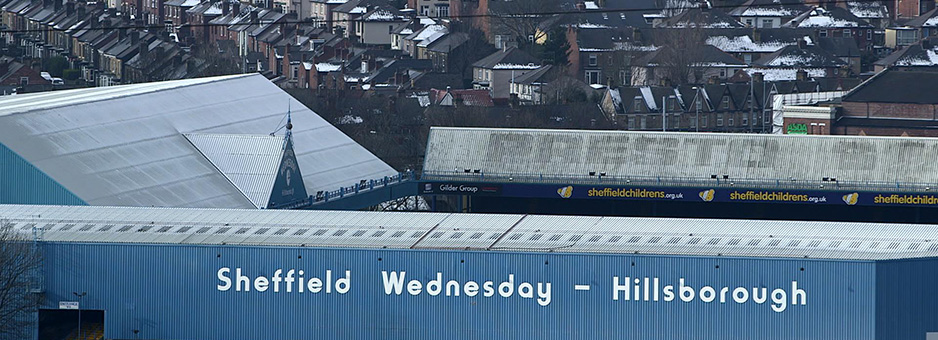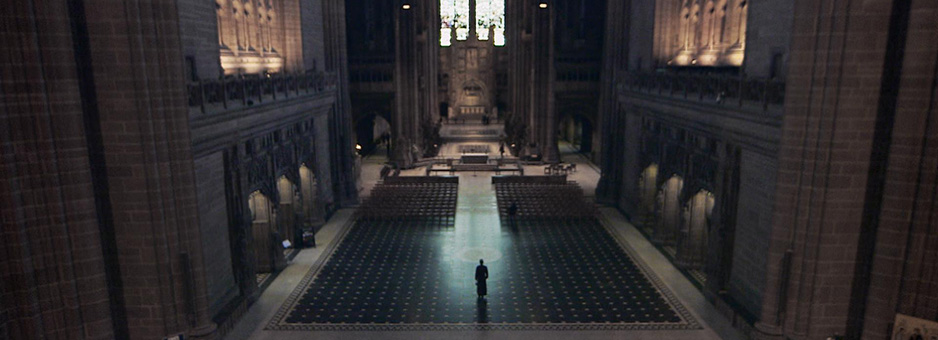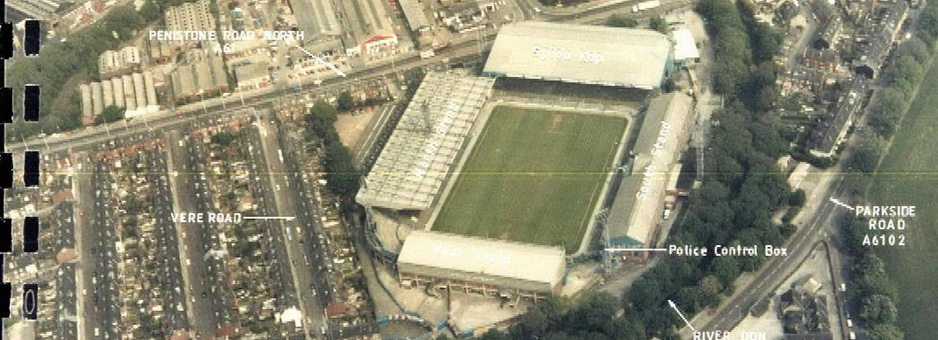- House of Cards
- Hillsborough - Never Forgotten
- Grundy UFA
- Beauty Culture
- Rock and Roll Hall of Fame
- Merlin





Hillsborough - Never Forgotten
Freelance colourist, Jack Jones, discusses the challenges of grading the recent BBC2 documentary, Hillsborough – Never Forgotten, and the reasons behind selecting Baselight for Avid.
The 1989 Hillsborough disaster occurred during the FA Cup semi-final match between Liverpool and Nottingham Forest football clubs on 15 April 1989, at the Hillsborough Stadium in Sheffield.
24 years on, and a year since the Hillsborough Independent Review published its latest findings, a recent BBC2 documentary described the impact on the survivors and families of Hillsborough. The documentary, which was produced and directed by Kevin Sim, was created using a mixture of new and archive footage and provided an extended inside account of the investigation.
It was down to London’s Roundtable Films to complete the post-production on the documentary. Freelance colourist, Jack Jones, was tasked with ensuring the vast amount of archive footage was at its best possible quality, while maintaining a look that was natural and true to life. Due to the sensitivity of the story, Jack also had the task of blurring out the faces of the victims in the archive footage.
“We quickly found that the project had some unique challenges,” commented Ben Coulson, company director, Roundtable Films. “50% of the material was newly shot using the Sony PMW-500 and the Canon XF305, but the other 50% was all archive material, of varying quality.”
Jack Jones has been working as a freelance colourist for over four years and regularly supports the team at Roundtable. The company always aims to provide the best solutions for its clients so, in collaboration with Jack, they began their search to identify the most suitable system. The team knew that fluidity between colour grading and finishing would be key and after looking at a number of different options and systems they selected Baselight for Avid from the Editions range by FilmLight.
Baselight Editions provide the same core toolset as full Baselight systems, with the same graphical user interface but as a software-only package, which can be incorporated into an existing NLE or VFX workstation. This approach delivers FilmLight's high quality grading tools and Truelight colour management directly into a workstation, and as the Editions share the same data structures as full Baselight systems, projects can be seamlessly transferred and shared between users and facilities.
“In terms of the way I was working, Baselight for Avid just made the most sense,” commented Jack. “I have a lot of experience using the full Baselight system, so I was immediately familiar with the Editions version. I had also been asked to complete the online work, so with Baselight being integrated into one timeline, it had the added benefit of meaning I could quickly jump between online and offline: a huge bonus.”
The fully integrated workflow support of Baselight for Avid meant everything was saved within the project and embedded into an exported AAF file, for further grading work in Avid, if required. This workflow was fully bi-directional and meant the team could work fluidly between online and offline. If something wasn’t quite right with the edit during the grade, it could be tweaked while the grade was still taking place. In the same way, the team still had the luxury of being able to adjust the grade once they were online.
As a lot of the content was archive footage, it was received by the post-production team in dribs and drabs throughout the project. “During the online, we were still receiving high-res archive to replace lower quality archive,” recalls Ben. “Ordinarily, this would have made the project fairly complicated, but being able to jump between online and offline so easily meant we could manage the process quickly and efficiently.”
For the blurring work on the archive footage, Jack relied heavily on Baselight’s automatic tracking system, as well as the blur tool and 3D keyers. “Another reason I selected Baselight for Avid was its ability to auto track,” said Jack. “If using another system, I would have been limited to drawing shapes and manually tracking them – or even auto tracking them individually. With Baselight I was able to blur the entire image, key out selected colours - like skin tones for example - and then use numerous circles to qualify it. Every single shape would track really nicely and I was blurring shots with literally hundreds of people in very quickly and very accurately, without effecting the skin tone.”
“As a freelancer I feel it’s important that I do not own my own grading system, as it can lead to a distorted perspective on what’s available in the market place,” added Jack. “It’s vital for me to be able to work behind any desk, and it also means that I am more able to recommend the most appropriate tools for a project, as we did for Hillsborough. There’s no doubt that Baselight for Avid was the most efficient and effective tool available and we, as well as the client, could not be more pleased with the results.”
Watch
Find out more about Baselight for Avid.
Download


